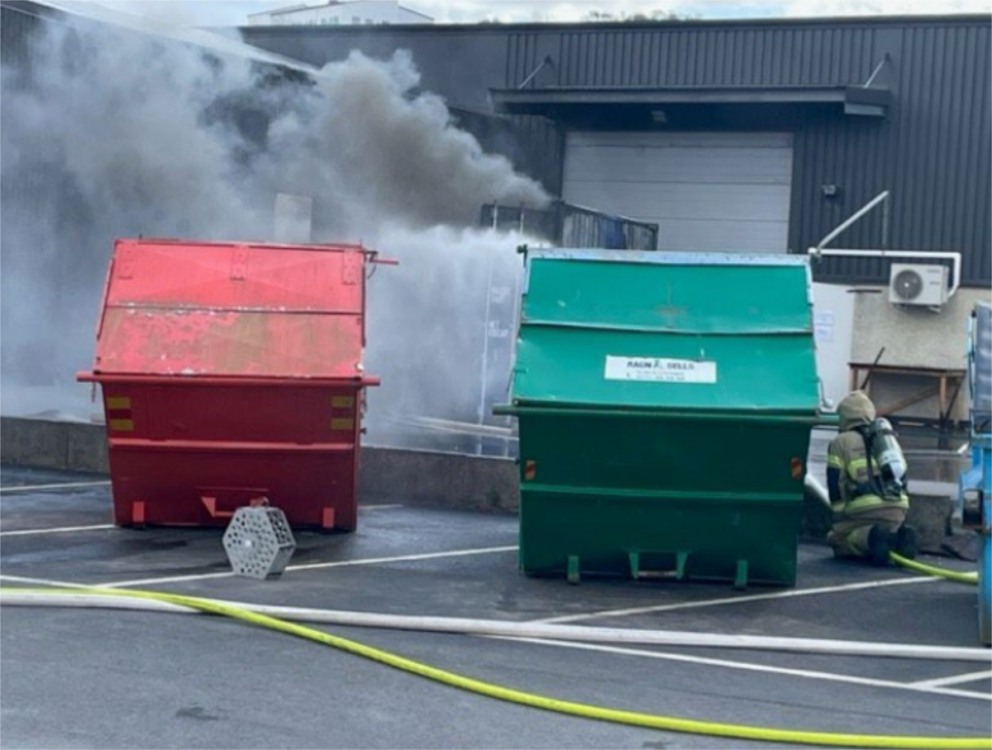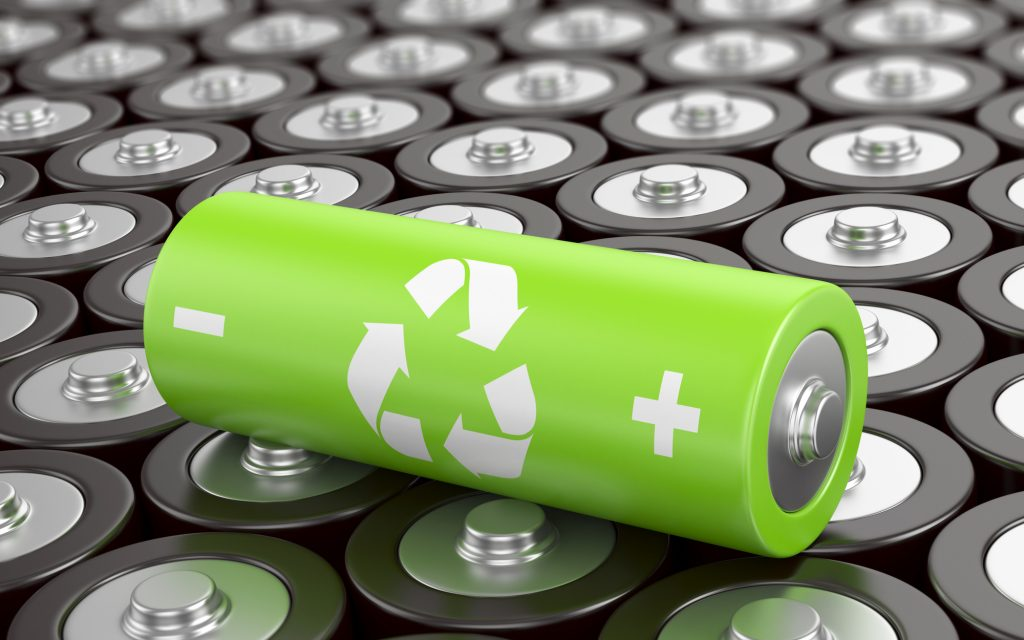A fire service report into a thermal runaway and explosion in a lithium-ion battery energy storage system (ESS) in Sweden has called for clearer national guidelines on preventing and fighting ESS fires.
The report, prepared by Gothenburg fire and rescue (RSG), examined circumstances surrounding thermal runaway and explosion on 26 April in the ESS at an industrial unit in Gothenburg. There were no serious injuries, according to the report.
It noted the fire crews were well trained but lacked experience of such incidents. It said that as events involving lithium-ion batteries are expected to increase soon as the batteries proliferate, more training is required.
It said a municipal fire service on its own is unable to drive such work and that a national effort involving official bodies, fire and rescue, battery manufacturers and users is needed to come up with national fire protection and safety guidelines during any first responder action. Work on this has already begun, the report noted.
The ESS consisted of 875kWh of batteries that were not fully charged. The container, only half filled and not commissioned, was on wheels.
Following the thermal runaway, the container was wheeled out of the factory, but had to be turned 90 degrees, which made moving it more difficult. The report heard from the battery owner and manufacturer (not named), and concluded that the cause of the runaway was a leak in a battery cell. This followed pressure testing of the battery cooling unit, which caused a short circuit.
Water was applied to the battery to cool it, and an explosion occurred 3–5 minutes afterwards.
The container was totally destroyed – the roof and long side were blown out by 10cm. Contaminated firewater ran out and was collected in surface water wells. It was collected for cleansing/destruction.
Some 90 minutes after the fire was extinguished, gas began emerging again and the fire service was recalled. They had a container into which they put the batteries to cool.
The ESS design held up to a prolonged thermal runaway fire and a hydrogen gas explosion, which gave first responders enough time to bring it under control and make it safe, the report stated.
Prof Paul Christensen of Newcastle University and founding director of consultancy Lithiumionsafety, said: “Again – anything that kills flame but does not stop thermal propagation switches the hazard from fire to explosion…aerosols, inert gases, even water if it cannot get to the cells in thermal runaway and cool them.”
Photo: Gas developing from ESS in thermal runaway, firefighter in protected position. Credit: RSG












